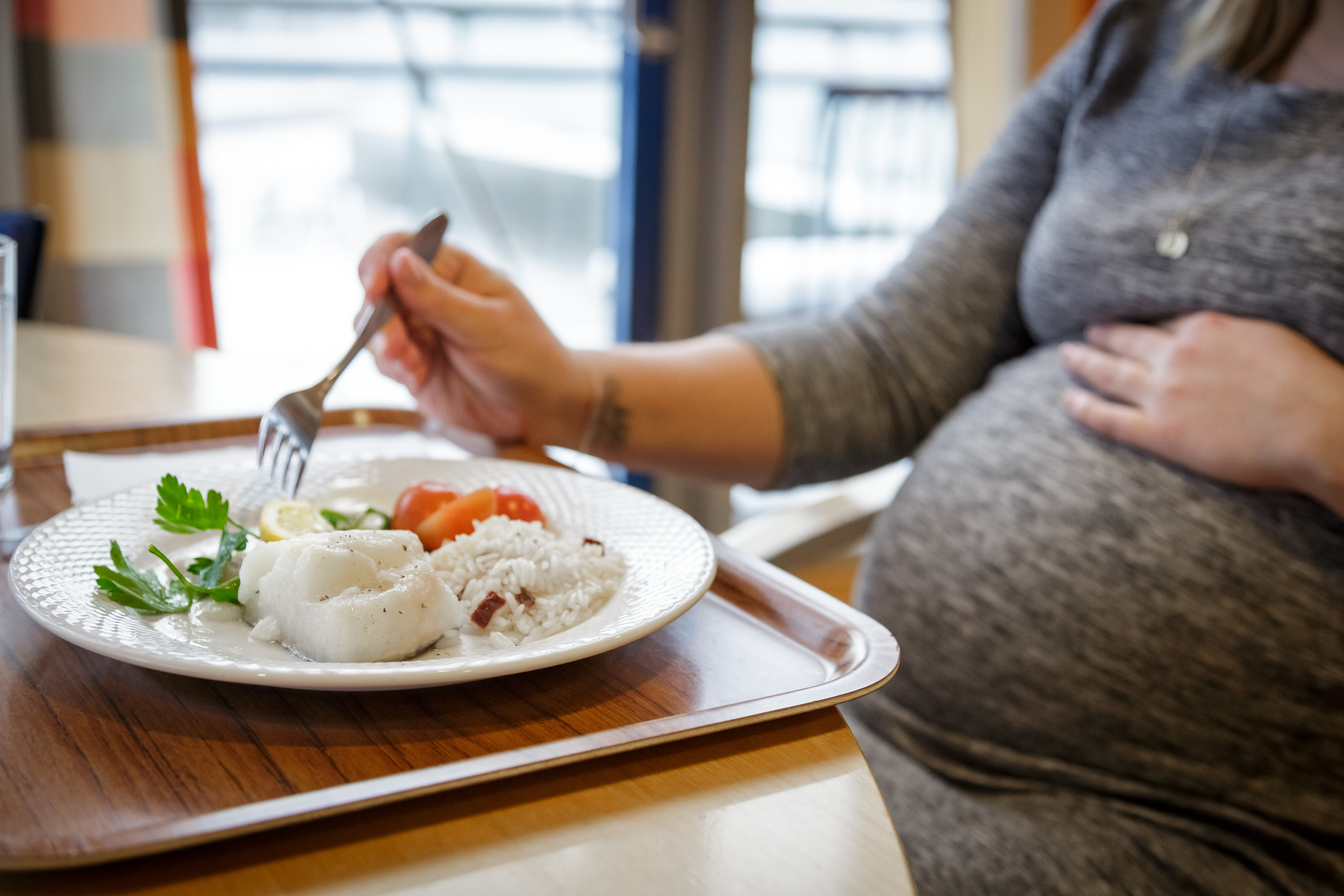Why is fish healthy – really?

Salmon is a good source of marine omega-3 – fatty acids that are good for your heart.
Photo: Eivind Senneset / Institute of Marine ResearchPublished: 19.09.2024 Updated: 24.09.2024
For generations, we’ve been told that fish is healthy. But what exactly makes cod, herring, and salmon healthy?
“Fish and seafood contain many important nutrients that we don’t find in many other foods,” says researcher Lisbeth Dahl.
There are three nutrients that stand out: iodine, vitamin D, and marine omega-3.
A teaspoon of iodine throughout life
Iodine is a micronutrient.
“It’s so tiny that even though you need a little every day, your lifetime supply would still fit in a teaspoon,” says Dahl.
Iodine is especially important for small children and pregnant women.
“The nutrient is absolutely necessary for the development of the brain and nervous system in foetuses and small children,” says the researcher.
In addition, this micronutrient is important for your metabolism.
Lean fish, such as cod, pollock, and haddock, are good sources of iodine.

Vitamin D – the sunshine vitamin
Vitamin D is called the sunshine vitamin for a good reason.
“In the summer months, we can produce vitamin D in our skin with the help of sunlight,” says researcher Synnøve Næss Sleire.
For the rest of the year, it’s important that we get this fat-soluble vitamin through the food we eat.
“We know that parts of the population have low levels of vitamin D during the winter months. Both children, pregnant women, breastfeeding mothers and the elderly are at risk,” says the researcher.
Additionally, non-Western immigrants are particularly at risk for vitamin D deficiency in Norway, as individuals with darker skin produce less vitamin D through their skin.
“The primary function of vitamin D is to maintain a stable level of calcium in the blood. A deficiency in vitamin D can lead to weakened bones and muscle weakness,” says Sleire.
In Norway, vitamin D is added to all types of butter and margarines, and some milk and dairy products.
“But the best sources of vitamin D are fatty fish, especially herring and mackerel,” says the seafood researcher.

Marine omega-3 is good for your heart
Marine omega-3 is found almost exclusively in fish and other seafood, and this is one of the reasons why the health authorities recommend seafood as part of the diet.
“It is documented that the two marine omega-3 fatty acids, EPA and DHA, can help prevent cardiovascular disease,” says Sleire.
Fatty fish such as salmon, herring, and mackerel are good sources of marine omega-3. Additionally, cod liver oil and other fish oils also have a high content of these fatty acids.
